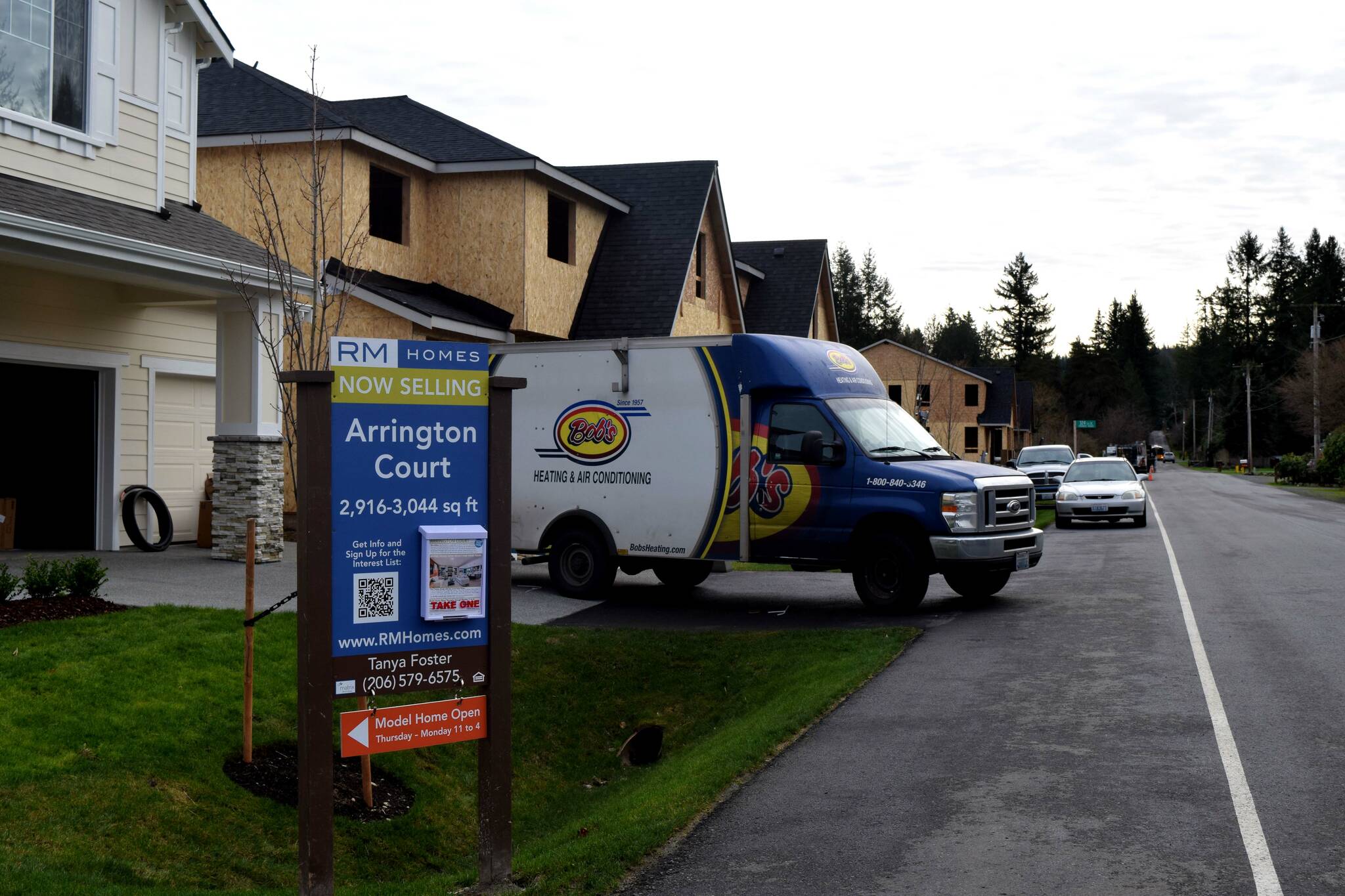Fall City residents are fighting to preserve the rural character of their town after a development company has proposed construction of 121 new houses in some of the town’s last remaining developable space.
Bellevue-based Taylor Development Inc. has submitted permits to build 121 new houses on 30.78 acres of land, which is about 10% of Fall City’s land area and the maximum number of houses allowed in that space under current zoning codes.
Permits for 17 of those houses have already been approved and are being built along 324th Avenue Southeast, just west of Chief Kanim Middle School, while the remaining 104 houses are still in the permitting process, but are expected to be built over the next five years.
Residents have raised concerns about how the new houses and subsequent population growth will impact the town’s infrastructure, emergency services and rural character, said Angela Donaldson, president of the Fall City Community Association (FCCA).
“It’s unsettling how quickly a small town can be changed by just a few developers,” she said. “They’re aggressively trying to develop this land and it’s our duty to protect our community. In such a special area, once it’s gone, we’ll never get it back.”
Unlike other Valley and Eastside cities — which have at times been plagued by growth — Fall City is outside the county’s designated Urban Growth Area, meaning it is not required by state law to take on annual population growth under the 1990 Growth Management Act.
Still, Fall City has been no stranger to growth over the last decade, having grown 21% between 2010 and 2020. That is about 3.5% more than the county average.
In anticipation of this growth, Fall City residents had the foresight in the city’s 1999 subarea plan to reduce the number of houses per acre in residential areas from eight to four for new development, which is the standard that Taylor Development must adhere to.
The new housing is expected to increase the town’s population by 20% in just five years, Donaldson said. It would also leave just four large lots left in the city for residential housing.
“If we don’t think about what we need for our future, and how we are going to protect our rural character, be mindful the next step after that will be combining parcels and re-subdividing them to get those smaller lots,” Donaldson told residents at the FCCA’s December meeting.
The FCCA and other residents are not looking to stop growth, however, but to mitigate its impacts.
“We’re not going to stop these plats. [The developers are] not breaking any laws, but maybe we can create some change and some tweaks,” Donaldson said.
Neither the town’s 1999 nor 2012 subarea plans address what defines rural character or the appearance of new houses, something that the current subarea committee is working on. This leaves residents apprehensive that the houses will be “cookie-cutter” and stand out compared to the rest of the town’s unique buildings.
Residents also expressed concerns about how the population growth could impact the city’s emergency services, environment, water quality and the town’s roads and walkability, particularly for school-aged children.
Donaldson said residents’ biggest influence over development will be on the exterior of the buildings and surrounding area. They are hopeful that the King County Council will get involved in efforts to slow down the development process so it takes place over a longer period of time.
“[This growth] seems out of character for Fall City,” Donaldson said. “We’re hoping to create a mechanism for development not to happen so rapidly so it could be eased in and population impacts could be better understood.”
Residents are hopeful that if they provide enough comments to the county permitting division, it could force developers to meet certain standards.
If they are successful, this could include: requirements for road improvements, promoting sidewalks, proper shoulders and neighborhood connectedness; a variety of single and two-story homes that would match the surrounding areas; lot sizes between 5,000 and 10,000 square feet; supporting community revitalization projects; and protecting the area’s natural environment and trees.
“The FCCA is doing what they can, but our biggest strength is in numbers,” Donaldson said. “It’s imperative that people are submitting comments to the King County Permitting Division.”
The Valley Record has reached out to Taylor Development, who did not respond to a request for comment.



